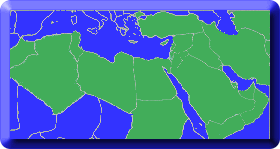
Topics in Middle Eastern and North African Economies
An empirical analysis of household education expenditures in Turkey
Document Type
Article
Publication Date
8-8-2016
Journal Title
International Journal of Educational Development
Volume
51
Publisher
Elsevier
Abstract
Using Turkish Household Budget Surveys from 2003, 2007 and 2012, this paper investigates the determinants of household education expenditures within an Engel curve framework. In particular, we estimate Tobit regressions of real educational expenditures by income groups using a number of household characteristics (i.e. rural residence, employment status, age, educational attainment of the household head, household size, share of female students and primary school students in the household, and total number of students in the household) to examine if and to what extent the determinants of educational expenditures differ by income groups; income elasticities of educational spending evolves over time; and children from middle-class and poor families can benefit enough from educational opportunities. The estimated expenditure elasticities have lower values for the top- and the bottom-income quartiles while they have larger values for the middle-income quartiles. The results also show that for all income groups the expenditure elasticity of education increases over time, indicating that Turkish households allocates greater share of their budgets to education expenditures.
Recommended Citation
Öznur Acar, Elif; Günalp, Burak; and Mümin Cilasun, Seyit, "An empirical analysis of household education expenditures in Turkey". Topics in Middle Eastern and North African Economies, electronic journal, 51, Elsevier, 2016, http://www.luc.edu/orgs/meea/



Comments
This is also listed in Topics in Middle Eastern and North African Economies Volume 19, Number 2, September 2017.